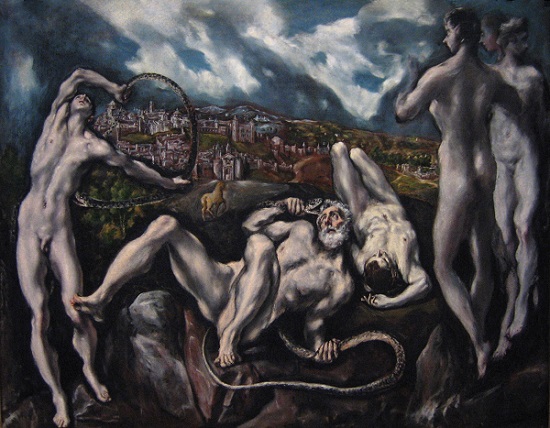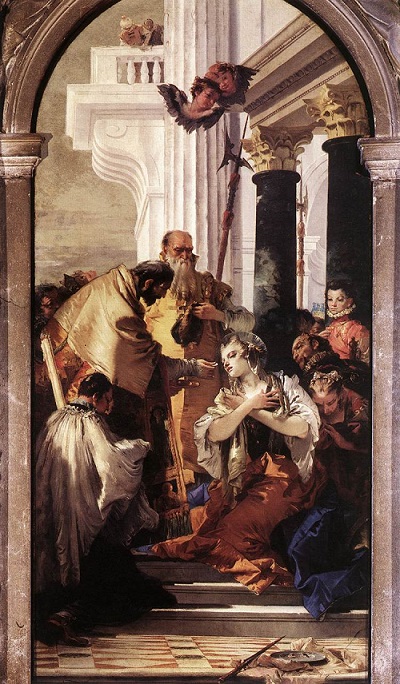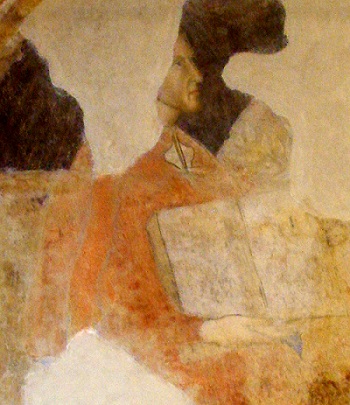One of my favourite late Renaissance composers is Claudio Monteverdi who really defined the transition from the Renaissance style to the Baroque. Although his early madrigals show the wonderful chromatic style of the Renaissance, Monteverdi not only was able to embrace the simplified style of the Baroque but was also its greatest advocate.
Monteverdi began his musical career young, publishing his first book of madrigals at the age of 15 and his second book at 23. At this time he was making a living performing, eventually securing a position as a lowly court musician for the Duke of Mantua. It was here that he met his wife Claudia Cattaneo, a singer and the daughter of a colleague.
Although his time in Mantua was productive, he felt very undervalued as a composer, and eventually he left for the more prestigious position of maestro di cappella at St Mark’s Cathedral in Venice. In addition to his duties there he also continued to take on outside commissions, including several from his old employer, the Duke of Mantua. He often wrote music for the annual Venetian Carnival, most notably the stage work Il combattimento de Tancredi e Clorinda for a commedia troupe in 1624. Monetverdi cultivated his relationships with wealthy patrons and with other composers. He enjoyed a quiet middle age until 1630, when plague and a war in Mantua rocked Venice. Subsequently Monteverdi entered the priesthood and his later years were spent revising his earlier works, completing his treatise on seconda practica, as well as composing new music. His final book of madrigals was published posthumously in 1651.
HIs early work was firmly in the traditional style but by 1600, he had already begun to incorporate elements of the mew, more austere style into his works, a practice which made his the target of criticism from the conservative music critic Giovanni Artusi. He responded to this criticism by including a manifesto on the seconda practica as a postface to his fifth book of madrigals in 1605.
He write his first opera, L’Orfeo in 1607 and this was followed by Arianna in 1608, an opera fuelled by his grief over the death of his wife in 1607. Following his appointment to St Mark’s in 1613, his focus shifted to the writing of sacred choral music, although he continued to write madrigals and dramatic music throughout his life including Il Ritorno d’Ulisse in Patria (1640) and L’Incoronazione di Poppea (1642) for the new opera in Venice.
I never tire of listening to his madrigals and one of his earliest Luci Serene E Chiare is a particular favourite as the five part text setting is uncomplicated and clear. The opera L’Oefeo is also quite beautiful and is based on the ancient Orpheus myth of his love for Euridice and the tragedy of this love. The final act is however uplifting as Orpheus, chastised by his father Apollo returns toe “where virtue finds its due reward, joy and tranquillity”.











